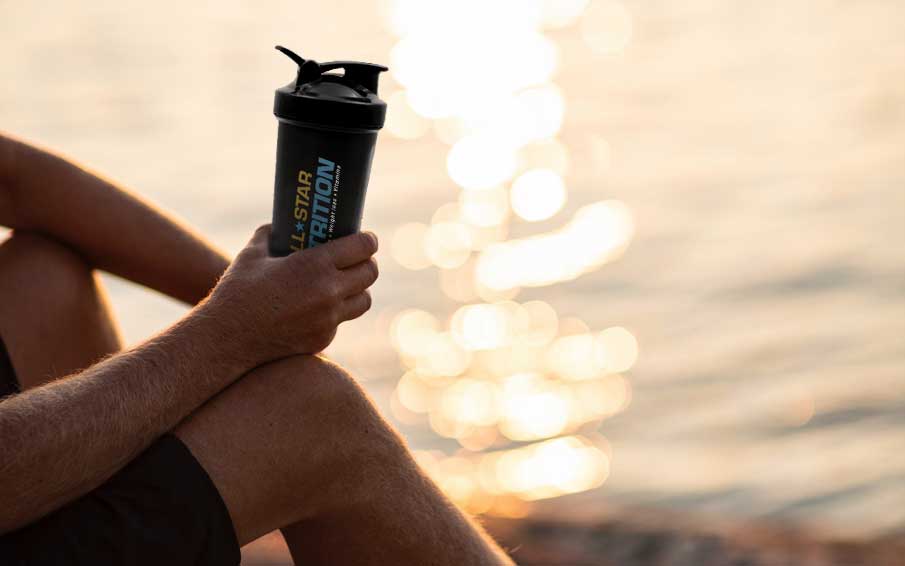Your Cart is Empty

Staying Hydrated
2 min read
Did you know that the amount of water in your body is referred to as total body water (TBW)? It represents 50%–60% of total body mass (or 70%–80% of fat-free body mass) (Horswill & Janas 2011).
Your total body water is in constant flux due to continual losses to respiration (as water vapor) and insensible sweat (perspiration that happens before it is perceived), as well as intermittent losses to urine, feces, and sensible (perceived) sweat. This output is about 2.5 L daily, with additional losses from physical exertion or a hot environment. Also variable (but more within an individual's control) is the intake of fluids necessary to offset these losses. For most people, beverages account for about 60% of water intake and 30% of foods. Metabolism contributes the final 10% as a byproduct of fat burning.
Water needs vary from person to person. For instance, people with obesity require more fluids than nonobese populations due to metabolic rate, body surface area, and body weight (Chang et al. 2016). For context, however, the National Academy of Medicine (formerly the Institute of Medicine) says that adequate fluid intakes for male and female adults are 3.7 L daily and 2.7 L daily, respectively, with 0.7 L and 0.5 L of that coming from food (Kavouras & Anastasiou 2010). That's a lot of fluid needed to maintain hydration, and there is evidence that most Americans don't get enough.
A general guideline is to consume one-half of your body weight in fluid ounces. For example, someone who is 200lbs would want to drink around 100oz of fluids each day. While this is not exact or perfect, it can be a good place to start from. If it seems like it is too much or not enough, you can adjust accordingly.
Take care of your hydration with proper electrolytes!

Amino Energy
(2)
Regular price$39.99
Sale price$39.99
Regular price $49.99
Unit price/per
Sale Sold out

Axe & Sledge The Grind
(4)
Regular price$42.99
Sale price$42.99
Regular price $53.33
Unit price/per
Sale Sold out
Subscribe
Sign up to get the latest on sales, new releases and more …
